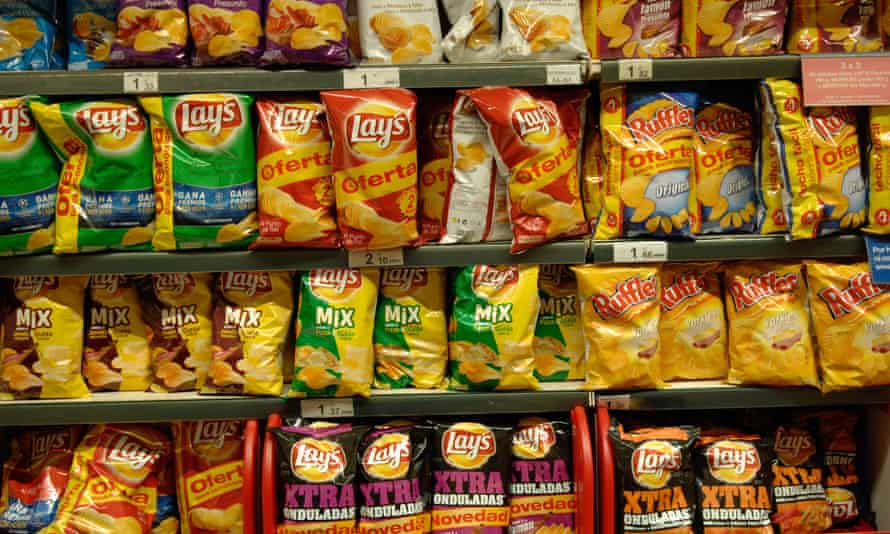Fishermen say their concerns, from safety issues to how offshore wind will alter the ocean environment, aren’t being meaningfully considered by regulators
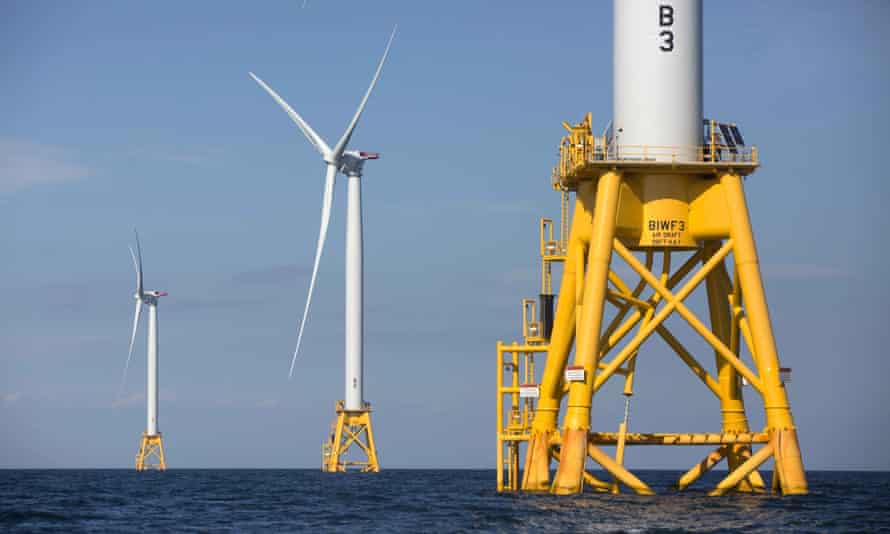
Supported by
.png) About this content
About this contentMaddie Stone
Sat 24 Jul 2021
For the past nine years, Tom Dameron has managed government relations for Surfside Foods, a New Jersey-based shellfish company. If you asked him five years ago what his biggest challenge was at work, the lifelong fisherman would have said negotiating annual harvest quotas for surf and quahog clams.
Today, he’d tell you it is surviving the arrival of the offshore wind industry, which is slated to install hundreds of turbines atop prime fishing grounds over the next decade.
While there isn’t a single wind turbine spinning off the coast of the Garden state yet, plans are under way for new offshore wind developments that hope to power more than a million homes with carbon-free energy over the next several years.
The wind farms are expected to create thousands of new jobs, but the price tag looks steep to Dameron, who fears those jobs and climate benefits will come at the expense of his industry. If wind lease areas are fully developed across the mid-Atlantic, Dameron said clam fishermen will lose access to highly productive areas of the ocean, which could send the multimillion-dollar industry into a “downward spiral”.
“I could see the clam industry in Atlantic City disappearing,” Dameron said.
Advertisement
Dameron’s fears are being echoed by fishermen across the country as they face the arrival of a big new energy business in waters many have fished for generations.
Offshore wind, which has long struggled to take off in the US due to high costs, regulatory uncertainty and fierce resistance from shoreside residents, is now surging forward under the Biden administration. In March, Joe Biden committed to building 30 gigawatts of offshore wind capacity by 2030, enough to power 10m homes and avoid 78m metric tons of carbon dioxide emissions.
With strong political pressure to accelerate offshore wind development as part of the administration’s larger effort to tackle the climate crisis, fishermen feel they are being forgotten. Many say that their concerns – which range from safety issues operating around wind farms to how offshore wind development will alter the ocean environment and affect fish stocks – aren’t being meaningfully considered by regulators.
Offshore wind “is one of the most consistently cited factors as a big risk to businesses and their practices”, said Annie Hawkins, the executive director of the Responsible Offshore Development Alliance (Roda), a trade association representing commercial fishermen. “It is a huge, huge thing in the minds of fishermen right now.”
While the European offshore wind industry has grown rapidly in recent years, with more than 5,000 turbines generating a combined 25 gigawatts of renewable power capacity as of earlier this year, America has lagged behind. Today, the entire US offshore wind fleet consists of five turbines in state waters off Rhode Island and two research turbines in federal waters off Virginia.
Over the coming decades, the US is expected to catch up by installing thousands of additional turbines in lease areas spanning thousands of square miles of ocean. American fishermen are bracing for the sorts of spatial conflicts that have arisen in Europe, where fishermen are often legally forbidden to operate in the vicinity of wind farms and subsea cables, or have stopped operating in their vicinity by choice due to safety and liability concerns.
In the north-eastern US and mid-Atlantic, where America’s first commercial wind farms will be built, lease areas overlap with highly productive fisheries that add billions of dollars to regional economies. While the Bureau of Ocean Energy Management (BOEM) hasn’t declared any of these wind energy areas off-limits for fishing, as in Europe fishermen worry that turbines and their associated infrastructure, including seafloor transmission cables and concrete foundations, will make it impossible to operate their vessels safely.
“What essentially this is turning into is thousands of miles of closed areas,” said Meghan Lapp, the general manager at Seafreeze Shoreside, a Rhode Island-based fish plant
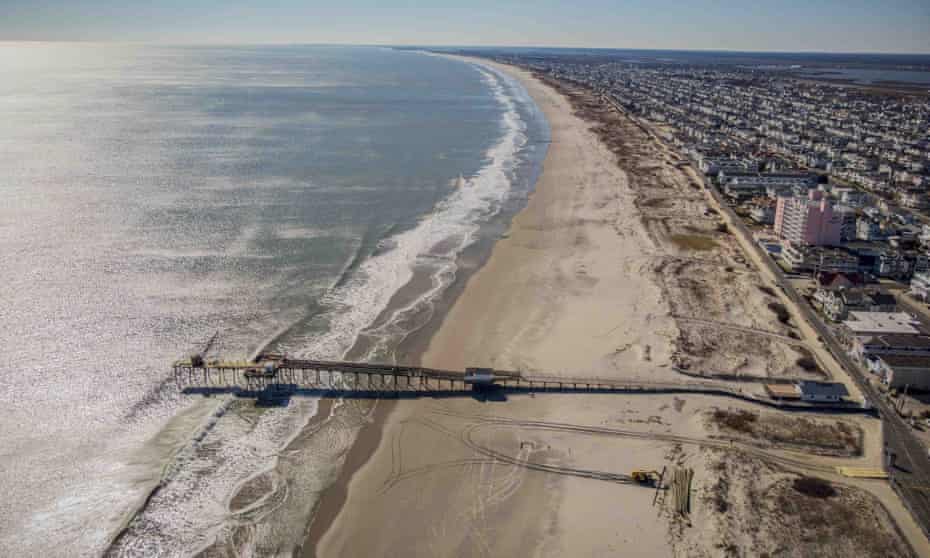
Along the US west coast, where floating offshore wind technology is expected to be deployed because of the much greater depth to seafloor, suspended transmission cables could impede fishing nets and create a “functional closure” for certain types of gear, said Mike Conroy, the executive director of the Pacific Coast Federation of Fishermen’s Associations (PCFFA).
If fishing gear does become entangled with offshore wind equipment “that is an extremely dangerous situation in terms of sinking a boat or loss of life”, said Daphne Munroe, a shellfish ecologist at Rutgers University in New Jersey. Wind turbines can also interfere with the radar systems fishermen use to navigate.
Fishermen have additional concerns about how commercial-scale offshore wind development will affect fish stocks and the ocean environment. Noise from the construction and operation of wind turbines could potentially drive fish away, while undersea foundations risk becoming artificial reefs that alter the distribution of species in wind lease areas. Wind turbines may also alter ocean currents in a way that affects the mid-Atlantic “cold pool”, a vast area of cold water near the seafloor that allows numerous species, including scallops, clams and flounder, to thrive.
The large-scale, long-term environmental impacts of offshore wind have not been well researched in US waters, and the types of studies needed to address these questions are expensive, said Aran Mooney, a biologist at Woods Hole Oceanographic Institute.
“There is an OK amount of research funding going into this, but there certainly needs to be more to get at these bigger questions,” Mooney said.
To reach the Biden administration’s goal of expanding offshore wind development, BOEM is moving quickly to review and approve offshore wind farms in federal waters, identify new ocean areas for wind energy development, and hold lease sales. By 2025, the agency aims to have completed an environmental review of at least 16 offshore wind farm construction and operations plans.
The pace of offshore wind development is “going fast relative to the scale of research on these topics”, said Travis Miles, an oceanographer at Rutgers University who is exploring the potential impacts of offshore wind on the mid-Atlantic cold pool. “And it would be really unfortunate to leave our fishing industry behind”
BOEM marine biologist Brian Hooker said in an email that since 2009, the agency had awarded “millions of dollars” for fisheries-related research in the Atlantic on topics ranging from how fish migrate through lease areas to how they are affected by artificial sounds and electromagnetic fields. In its fiscal year 2022-2023 research plan, BOEM proposed a new study to investigate the spatial needs of the commercial clam industry in the New York Bight, a heavily fished area between New Jersey and Long Island where the agency will be holding an offshore wind lease sale this year.
The agency’s proposed sale notice for the New York Bight, released in June, also contains several provisions aimed at helping fishermen. These include a proposal for 2.5-mile-wide fishing vessel transit lanes in the proposed Hudson South lease area and a requirement that wind developers coordinate with the fishing industry and consider any “potential conflicts” when developing construction and operation plans.
Some offshore wind developers are attempting to address fishing industry concerns. Drawing on its experience working with the commercial fishing industry overseas, developer Equinor held a series of meetings with fishermen as it was planning Empire Wind, a proposed offshore wind farm south of Long Island. Based on feedback it received during those meetings, Equinor redesigned the layout for the wind farm to include an open area for fishing at the western edge of the lease area.
“Equinor met us halfway and negotiated something that would work well for everybody,” said Hawkins, who co-organized the meetings and attended them on behalf of Roda.
In recent years in Europe, many spatial conflicts have been avoided by this sort of collaborative planning. But right now, Hawkins said that meaningful negotiations between offshore wind developers and fishermen in US waters the exception rather than the norm. “From our perspective we’ve seen less authentic engagement with fishermen” since the start of the Biden administration, Hawkins said. “It certainly has the appearance of [developers] thinking they’re going to be all right no matter what.”
Hooker said that BOEM will “continue to engage with commercial fishermen to avoid or reduce potential impacts from offshore wind energy development.” BOEM, he said, works with the US coast guard and others at all stages of offshore wind development to determine how navigation and fishing will be impacted, and the agency tries to avoid leasing the most heavily trafficked parts of the ocean.
But according to Hawkins: “The fishing industry feels very strongly that they still do not have a meaningful voice in the process nor an authentic seat at the table.”

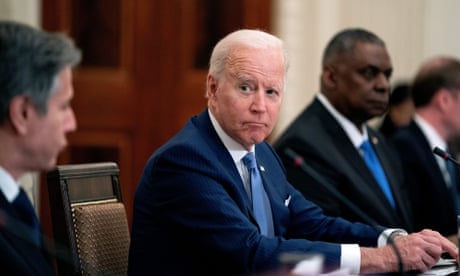







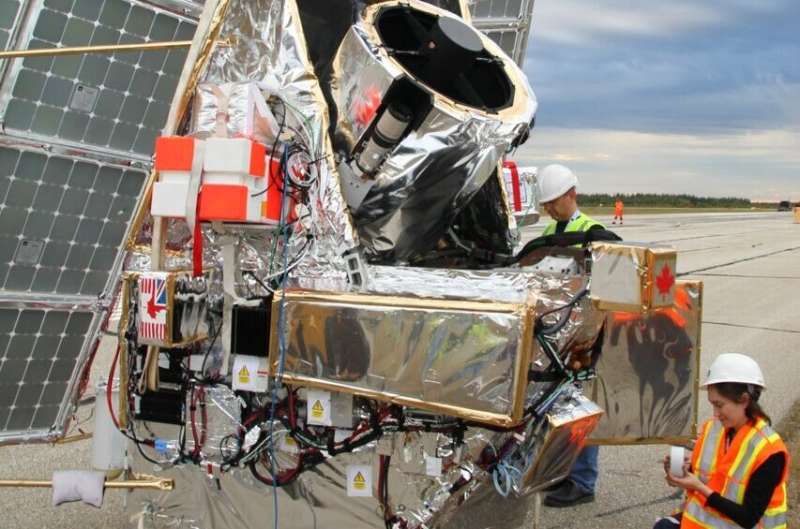
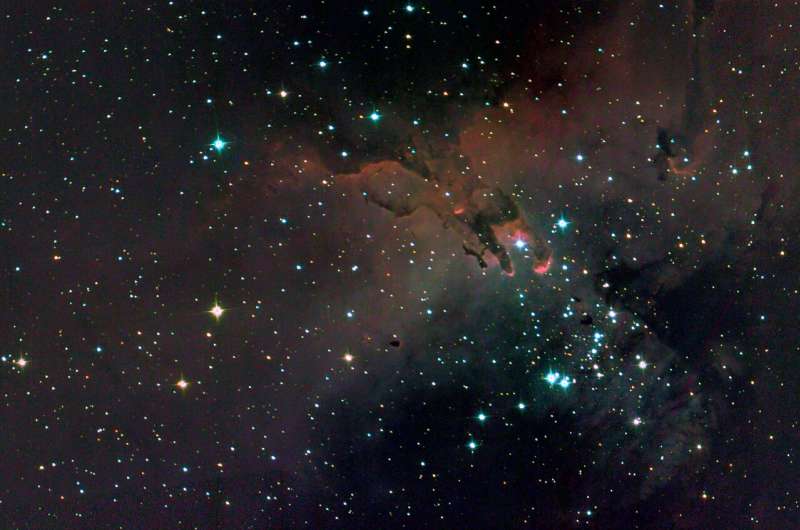
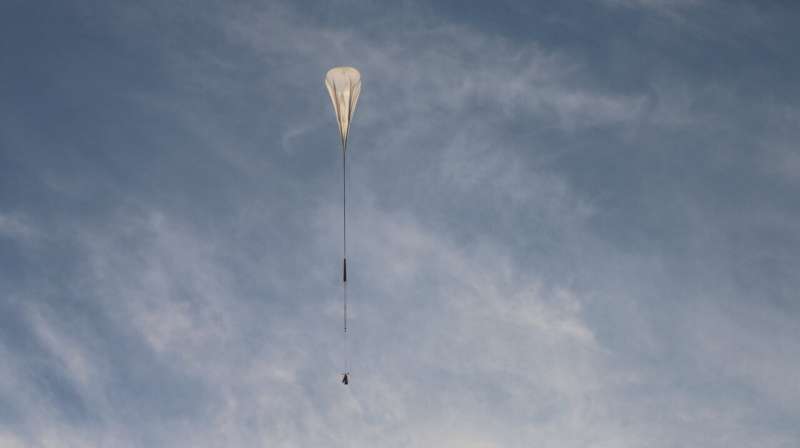
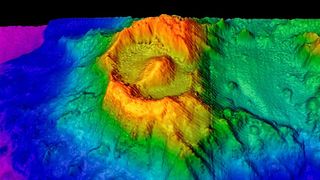
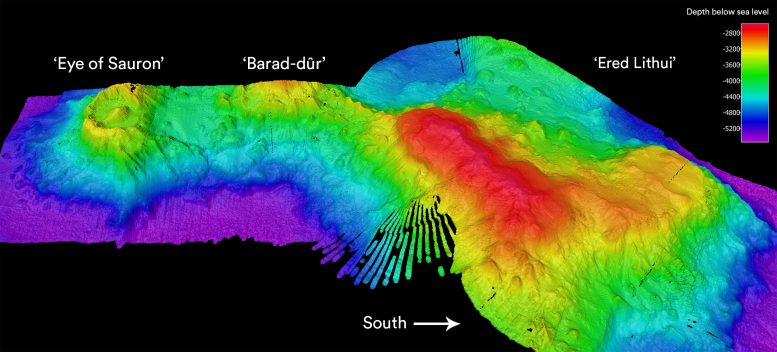
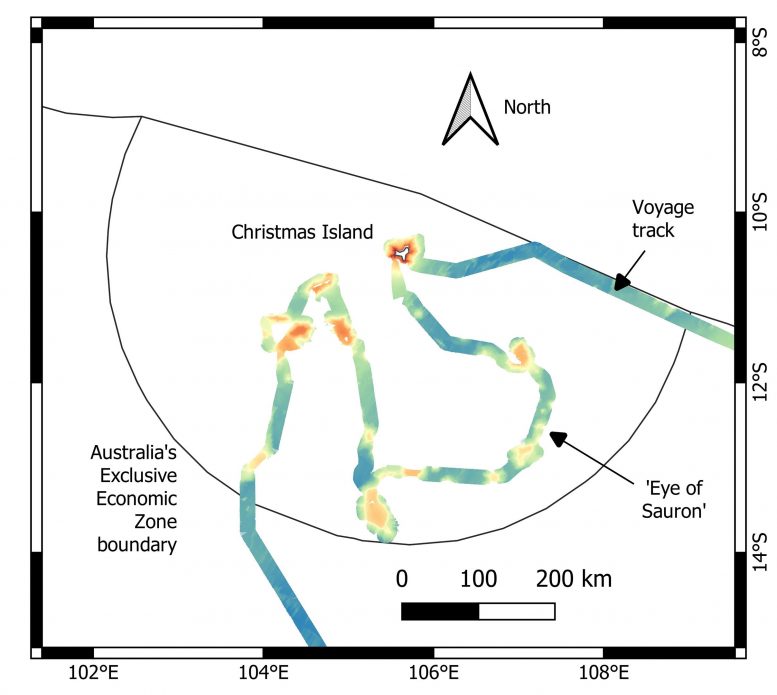
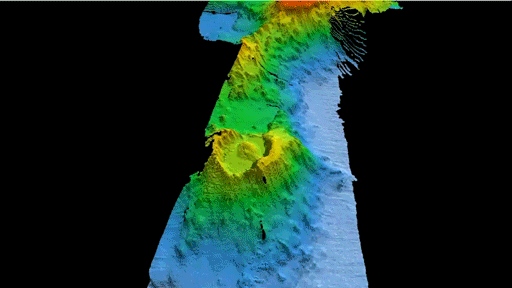
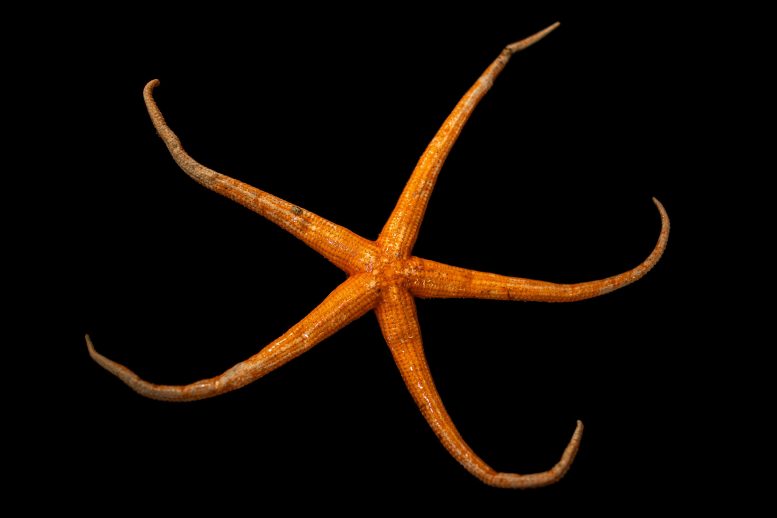
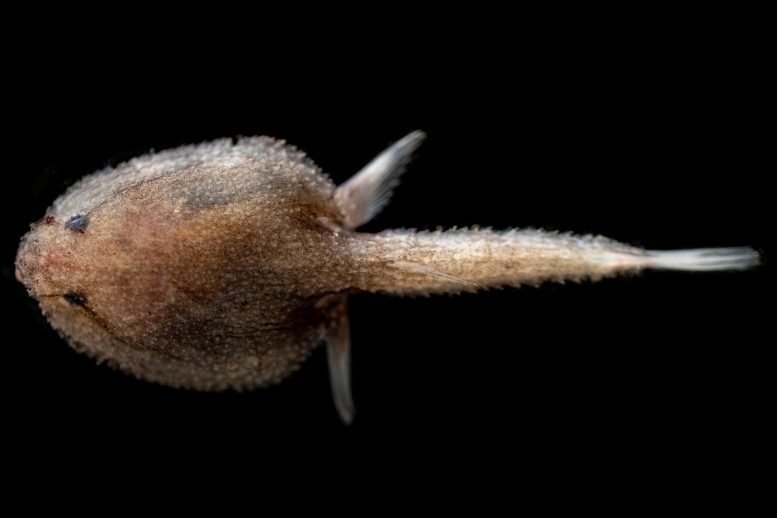
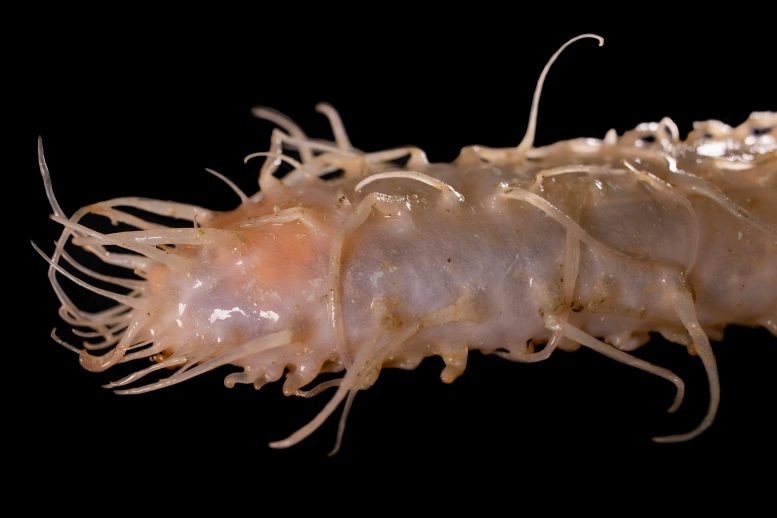

/cloudfront-us-east-1.images.arcpublishing.com/gray/B7UNUDFA4RGGJLPW5BXRBRH6YA.jpg)

